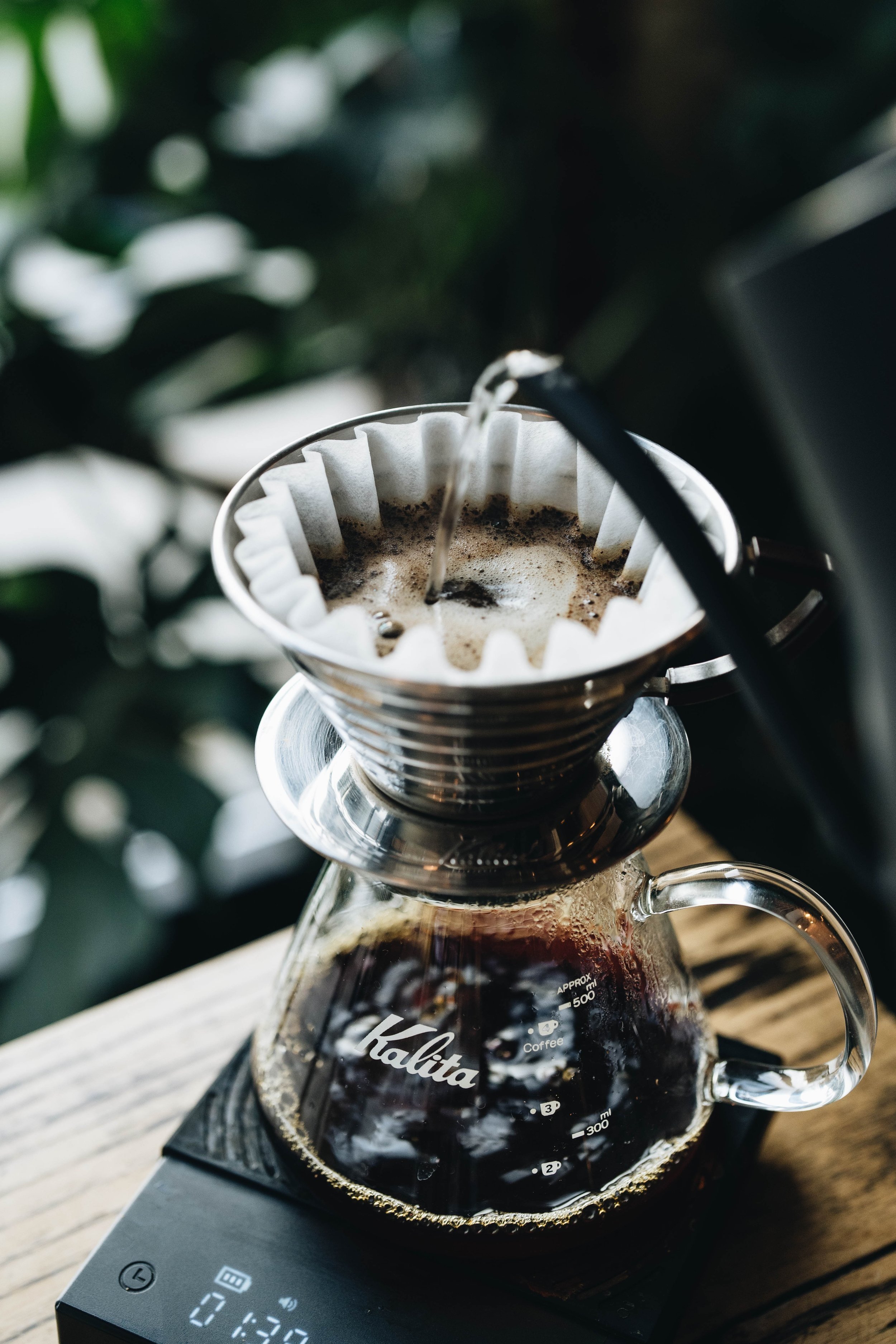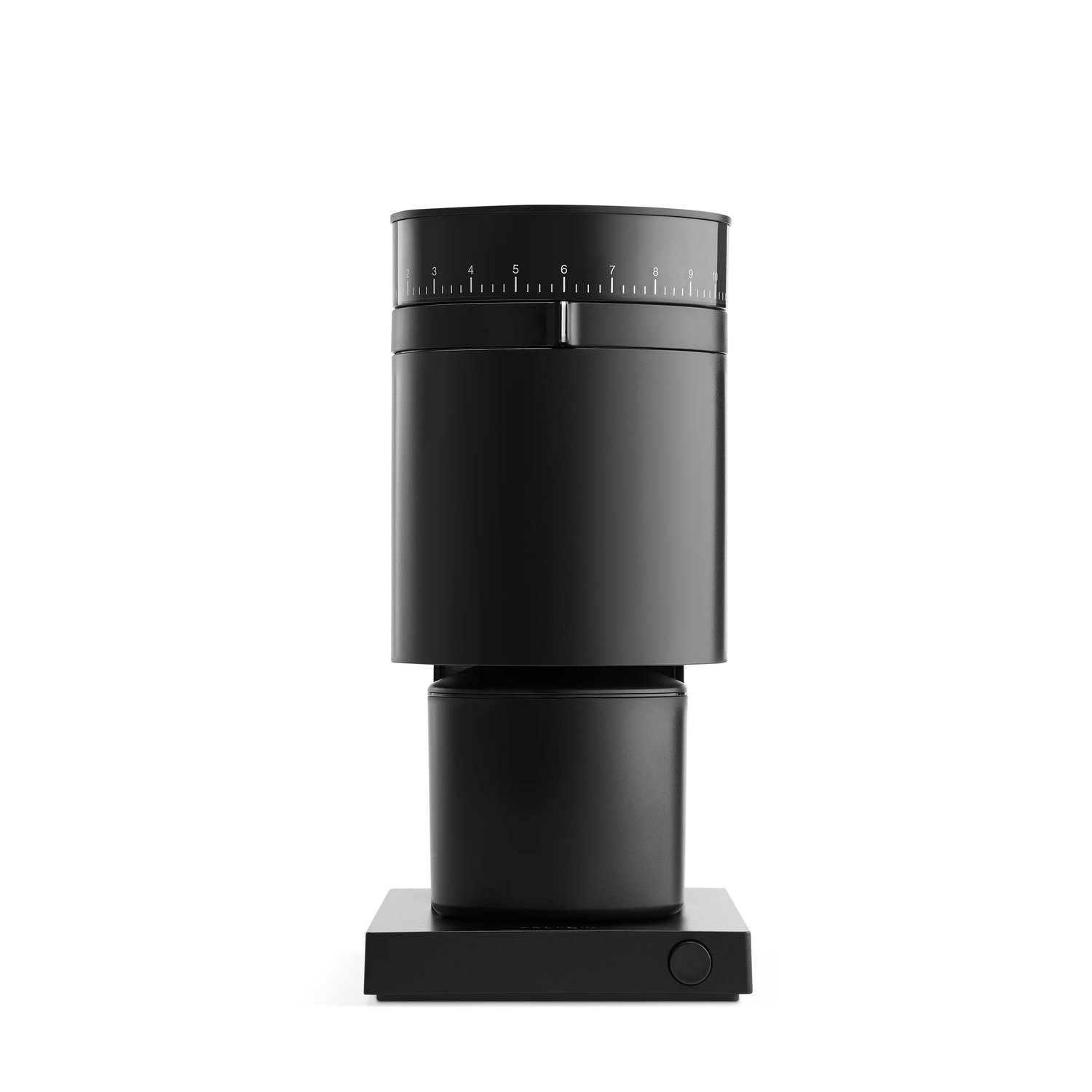Burr Grinders v. Blade Grinders
“You can have the most expensive espresso machine on the market…but if your grinder is no good, that’s gonna make or break how your coffee tastes.”
I remember when I first learned about the differences in coffee grinders. I definitely always thought that it was imperative to have top-of-the-line everything: scale, espresso machine, tamp… I didn’t know that grinders could make such a difference. In training, Stefan introduced me to the concept of components of the coffee brewing process. I thought I knew exactly what he was going to say: quality, quality, quality. Quality machine, quality water, quality coffee… you get the idea. While all those things are important, what he said to me was, “You can have the most expensive espresso machine on the market… but if your grinder is no good, that’s gonna make or break how your coffee tastes.”
Extraction is the process by which water takes on the flavor of the coffee grounds.
It makes sense when you think about it. There are a lot of components when it comes to the art and science of brewing coffee, but one thing is for sure: the way water interacts with the coffee particles themselves will determine the flavor profile of your extraction.
I know you’re probably thinking, what does the grinder have to do with how the water interacts with the coffee particles? Well, I’d like to share the differences between the two main types of grinders: blade v. burr.
Blade grinders
Take the typical blade grinder that you’d find in many housewares-type stores: they’re quick, often compact, and get the job done. They have your coffee ground in seconds, and everything seems right on the surface. However, looking closely, you will see an overall sense of unevenness—all the grinds are slightly different shapes and sizes.
The blade grinder simply cuts the beans into various sizes—the beans that come in contact most with the blade are cut into many fine particles, while some only get cut a few times. This is called uneven particle distribution.
Burr grinders
Then, take a look at the burr grinder: they’re also relatively quick and compact, and have that smooth whirring sound that you’re used to hearing when you step into many specialty coffee shops (including Tala). Look closely at those coffee grounds, and you’ll see something very satisfying: grinds that are practically all the same shape and size.
Particle distribution is the amount of variance between individual grinds of coffee. The best extraction will come from the most even particle distribution—or the least amount of variance between sizes.
The uniformity that you see as a result is caused by the coffee beans slowly dropping through the multiple burrs which are structured to work with one another in tandem to create even coffee particles.
grinds interacting with water
This is where the water component is introduced. When brewing coffee—whether via a pour-over, French press, drip, or pulling shots of espresso—grounds that are all equal and uniform will respond very differently and much more positively to water than grounds that lack uniformity. This uneven particle distribution leads to an uneven extraction, meaning that the smaller particles of coffee are being over-extracted while the larger ones are being under-extracted. This is all due to the amount of surface area being exposed to water.
With coffee, you want a nice, even, smooth extraction process that will yield those beautiful varieties of flavor notes. You want consistency and predictability. Having a burr grinder will offer you just that—it grinds the coffee evenly so that the water passes through the coffee particles at the same rate for each one.
Fortunately, there are multiple different burr grinders to consider. Listed below are a few options of high-quality burr grinders for at-home use:
Hario hand grinder
This hand grinder is a must-have for all coffee enthusiasts. It’s a great option for the beginner or the avid traveler! These conical burr grinders will produce an even particle size distribution for a great extraction every time—no matter where you are.
Fellow Opus Grinder
The newest of the Fellow lineup, the Opus is remarkable for its versatility. This unique design can support settings from espresso to cold brew, for the ultimate one-stop-shop for all your brewing methods.
good coffee makes all the difference
The quality of the coffee you’re making is the starting place for everything. If you start with poor-quality coffee, you’ll end with poor-quality coffee even with the best grinders. Similarly, if you start with great coffee, the end product will always be better than if you didn’t. But if you’re looking for a better yield in your at-home coffee, consider upgrading to a burr grinder. Sometimes it’s the things we don’t consider that end up surprising us and making the biggest impact on the consistency of our experiences when brewing coffee.
Happy brewing, friends!
Cassie Houriet
Cassie is a shift supervisor and barista at Highwood and the event coordinator at Tala. She started in 2021 because of her passion for the connective power of coffee, and a desire to see Tala continue to grow and thrive. When she’s not on bar, you can find her visiting other specialty shops, reading, and working as a wedding photographer and freelance graphic designer.





